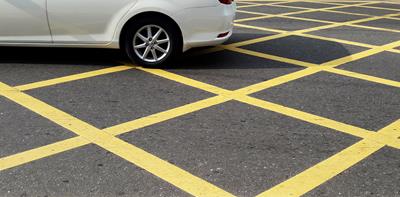
The cost of a car insurance policy depends on a number of factors – and how these are assessed can vary to a significant degree from one provider to the next.
Some of these factors, such as where you live or what your occupation is, are impossible or very impractical to change. But there are a number of relatively straightforward decisions or steps that motorists can take in order to cut the cost of their premiums.
1. Check your car before you buy
There are a number of issues to consider when choosing what new car to buy, and the size of your insurance premiums should definitely be among them. Apparently similar vehicles can result in very different policy costs – so when you are looking for a car, be sure to get a quote for insurance before you sign on the dotted line.
2. Beef up your security
The lower your chances of making a claim, the cheaper your insurance should be. Add security measures such as a tracker or immobiliser, and if possible keep your vehicle off the street at night. These measures are likely to be rewarded with lower premiums as your insurer should take the view that your car has less chance of being stolen.
3. Avoid modifications
Making changes to your car’s engine or bodywork might improve its performance and looks, but it could also result in higher premiums. In insurers’ eyes, more powerful engines are associated with a greater risk of accidents, while making the vehicle more impressive-looking is likely to increase its appeal to thieves. In both cases, the cost of cover will probably increase.
4. Check your no-claims discount
In particular, if you are changing insurer, it is important that you get full credit for as many years of incident-free motoring as possible. A no-claims bonus of five or more years can result in discounts of 50% or more on annual premiums.
When you apply for cover, make sure you state accurately how many years’ no-claims you are bringing with you – ask your previous provider if you are not sure.
Bear in mind also that if you haven’t needed insurance for the past year or two, you may still be allowed to carry forward any no-claims bonus you previously accrued.
5. Fill out your application carefully
Ensuring your insurance application is as accurate as possible can help keep premiums to a minimum. For example, the number of miles you expect to drive over the course of the year can have a big impact on the cost of cover – so if you overstate this figure, you could end up having to pay more than necessary.
Other mistakes can be costly too: if you use your vehicle to get to work, this doesn’t mean it needs to be registered for “business use”, for example, which would also normally lead to higher premiums.
6. Think about the future
While it may not affect the premiums you pay this year, driving carefully and avoiding accidents can help keep a lid on the cost of cover in the future. Every time you make a claim – even if you’re not found to be at fault – you are likely to face a higher price when it comes to renewal.
It is impossible to completely eradicate the risks associated with motoring, but avoiding higher-risk situations – such as driving at night or in busy city centres – can help you avoid incidents and keep subsequent years’ premiums as low as possible.
7. Choose a higher excess
When you apply for insurance, you can choose how much of any claim you have to pay yourself before your insurer is liable – this excess is typically somewhere between £100 and £400. Unless another driver is at fault for damage to your vehicle and your insurer can successfully recover the money from them, you will face excess charges for any claim you make.
The higher you set this excess, however, the lower your premiums will be, as the less money your insurer will have to pay out in the event of an accident.
No £25 admin fee
When you update your policy online, e.g. amend driver, address or car details.


